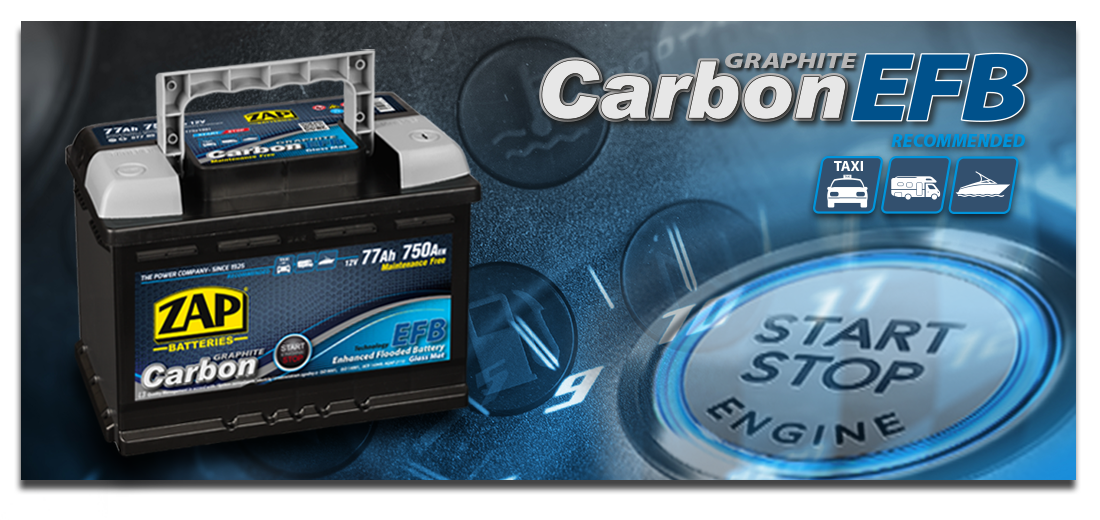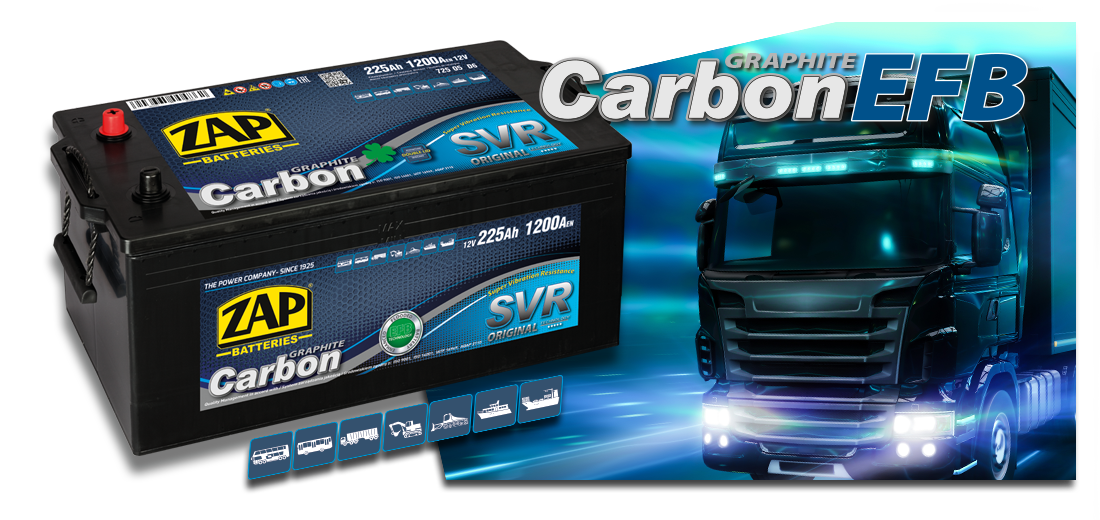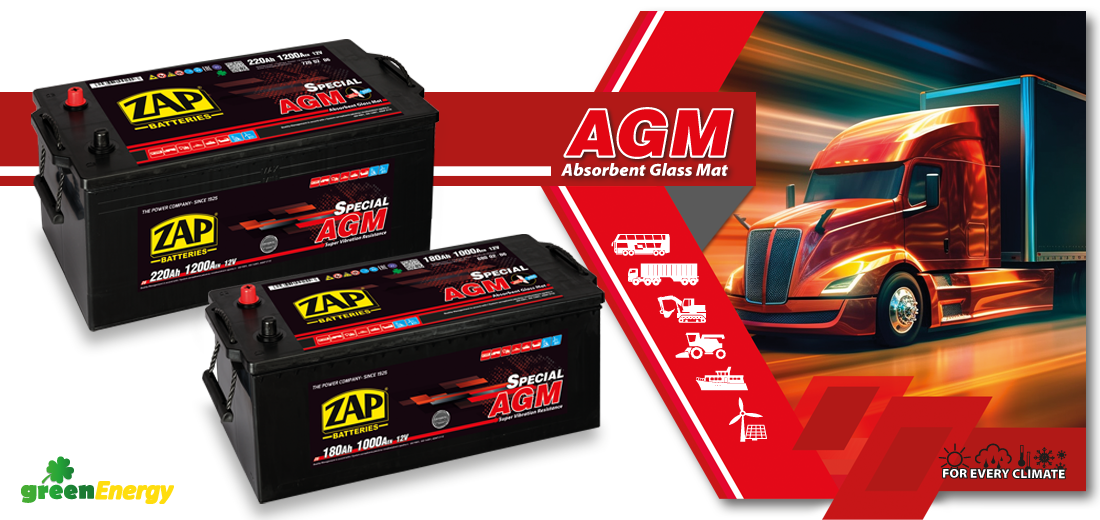- The battery should be stored in a charged state in a dry room with adequate ventilation.
- The battery should be installed in accordance with the vehicle manufacturer's instructions.
- Regularly check the state of charge: a. In batteries with screw plugs, check is done by measuring the voltage at the poles or measuring the electrolyte density. Remove electrolyte losses only with distilled or demineralized water. NEVER TAKE ACID. b. in batteries with non-interchangeable plugs (battery closed), the state of charge should be monitored by measuring the voltage at the poles or via the charge indicator (see Fig. 1). Attempting to open the closed battery may damage the housing. The battery requires charging if: - the resting voltage (SEM) on the terminals drops below 12.50V, - the electrolyte density drops below 1.23 g / cm ', - the charge status indicator will change from green to dark.
- The battery charging voltage in the vehicle, measured at the battery terminals, should be (regardless of the engine speed and the receivers included) for the following installations: 6V (7 + 7.2V), 12V (14.0 + 14.4V), 24V (28, 0 + 28.8V).
- In the case of city driving, frequent use of external devices or the installation of additional power receivers in the vehicle, the charging status should be checked more often and, if necessary, the battery should be charged from an external power source (until a full charge is obtained).
- The battery should be stored in a fully charged state (see table). If the period of interruption of the vehicle (object) is longer than 1 month, it is recommended to disconnect the battery from the electrical system.
- Leaving the battery in an unloaded state causes its sulphation. In winter, the electrolyte may freeze and damage the battery housing. The electrolyte with a density of 1.10 g / cm3 freezes at minus 9 ° C, and with a density of 1.15 kg / I at minus 15 ° C.
- On a vehicle with a fully discharged battery, do not run the engine on the so-called "prone" or using an external power source (another vehicle, booster power supply). Starting the car in this way can damage the battery.
- Do not allow accidental external faults of the battery.
- Charging the battery must take place indoors. Do not approach the battery with sources of ignition - it creates a danger of explosion. When charging, follow the instructions of the charger used and follow the rules below: a. Remove the battery by removing the negative pole from the negative pole first, and then the clamp from the positive pole, b. clean the housing, unscrew the plugs, check the electrolyte level (recommended level is 15-20 mm above the edge of the boards) - in the case of missing items, c. connect the charger's positive lead with the "+" pole, minus with the pole "-", d. battery charging time depends on the degree of discharging It takes between 16 and 24 hours, e. to stop charging, if the battery starts to overgone excessively or if the temperature of the battery exceeds 50 ° C, avoid overcharging.
NOTE
1. Accumulators produced by ZAP Sznajder Batterien S.A. (with the exception of ENERGY-PLUS, MARINE and AGM batteries) can be charged occasionally and stationary (rectifier) with a constant voltage of 16.0V.
The maximum charging current should be limited (at the beginning) to 10% of the nominal capacity (eg for a battery of 80 Ah = 8A).
This current automatically decreases below 1A in the final charging phase.
2. The batteries of the ENERGY-PLUS, MARINE and AGM series can be charged with the constant voltage method of 14.8 V, the remaining conditions as in p.1. 3. The charging method at constant voltage is the preferred method.



